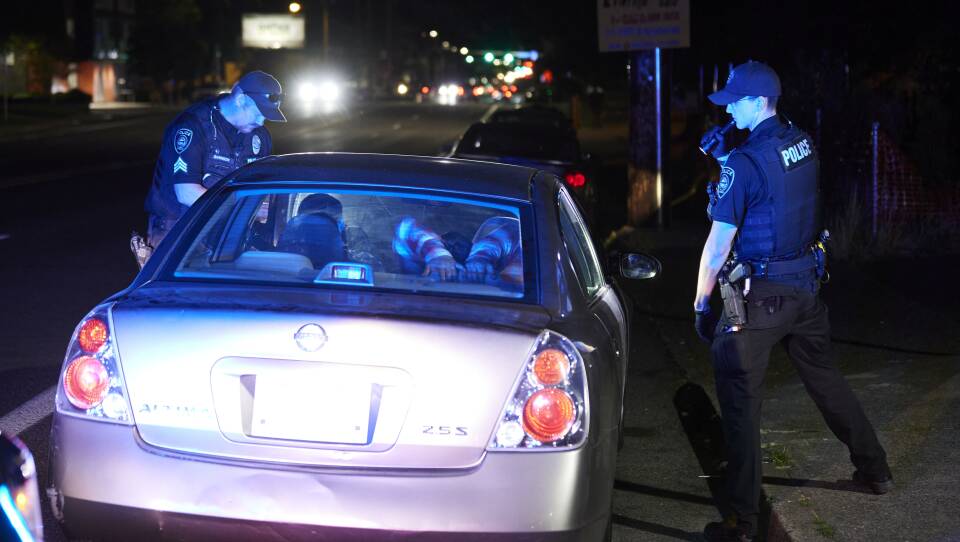A new report commissioned by the state’s Executive Office of Public Safety and Security uncovered potential racial bias in some of the 1.2 million traffic stops that occurred in Massachusetts in 2021 and 2022.
Police in Massachusetts were less likely to give Black and Hispanic motorists warnings, and were more likely to search, criminally cite and arrest those groups of motorists, researchers from Worcester and Salem State universities found .
“Data like this is crucial for understanding police practices in Massachusetts, and where reforms and greater accountability may be necessary,” said Jessica Lewis, staff attorney at the ACLU of Massachusetts.
She said the organization saw similar findings in 2020.
“The data really underscores the need for greater transparency in policing,” Lewis added.
Researchers also conducted department-level analyses for each law enforcement agency that had a minimum of 100 citations, which ended up being more than 80% of all law enforcement agencies in Massachusetts.
That showed five departments were more likely to stop non-white drivers during the day versus at night. Those were the Chelsea Police Department, Rochester Police Department. Southwick Police Department, Westwood Police Department and Massachusetts State Police Troop C-4.
About two-thirds of the traffic stops overall were conducted by municipal police departments, and the other third were conducted by the Massachusetts State Police and other state agencies.
The report is the second of its kind. It’s required under the 2019 Hands-Free law, which included a provision mandating the analysis of police stops. The law, which went into effect in 2020, prohibits drivers from using electronic devices unless they’re in a hands-free mode. The Legislature was concerned that the law would increase traffic stops, and specifically worried about racial bias at those additional stops.
“The hands-free law established a research mandate to gain data-driven insight into police traffic stops and determine whether any patterns indicate racial disparities,” Public Safety and Security Secretary Terrence Reidy said in a statement. “The study aims to learn more about potential patterns, inform stakeholder discussions, and advance the impartial, equitable, and just enforcement of Massachusetts traffic laws. I commend the research team for their hard work and in-depth analysis.”
Some took issue with the report’s methodology. Critics say more racial disparities could have been found if different methods were used.
Researchers used multiple methods to analyze the data, including the controversial veil of darkness test, which assumes that nighttime traffic stops should have a lower ratio of Black drivers stopped because police can’t racially identify them without daylight.
One veil of darkness analysis in the Massachusetts report found that “White motorists are more often stopped in daylight than in darkness whereas Non-White motorists are less often stopped in daylight than in darkness.”
“This means the odds of a daylight stop for Non-White motorists are 36% lower than the odds of a darkness stop. For this analysis, no support was shown for a pattern of racial disparity in total Massachusetts stops,” the report said.
Matthew Ross, associate professor at the School of Public Policy & Urban Affairs at Northeastern University, says that’s evidence of “reverse discrimination.”
“Similar to the last report, the statewide finding for VOD [Veil of Darkness] is consistent with discrimination against Whites non-Hispanic motorists,” Ross said.
He said researchers should have used the 'Connecticut Model’ for its analysis, a model developed by him and a colleague that he says is considered best practice across the country.





